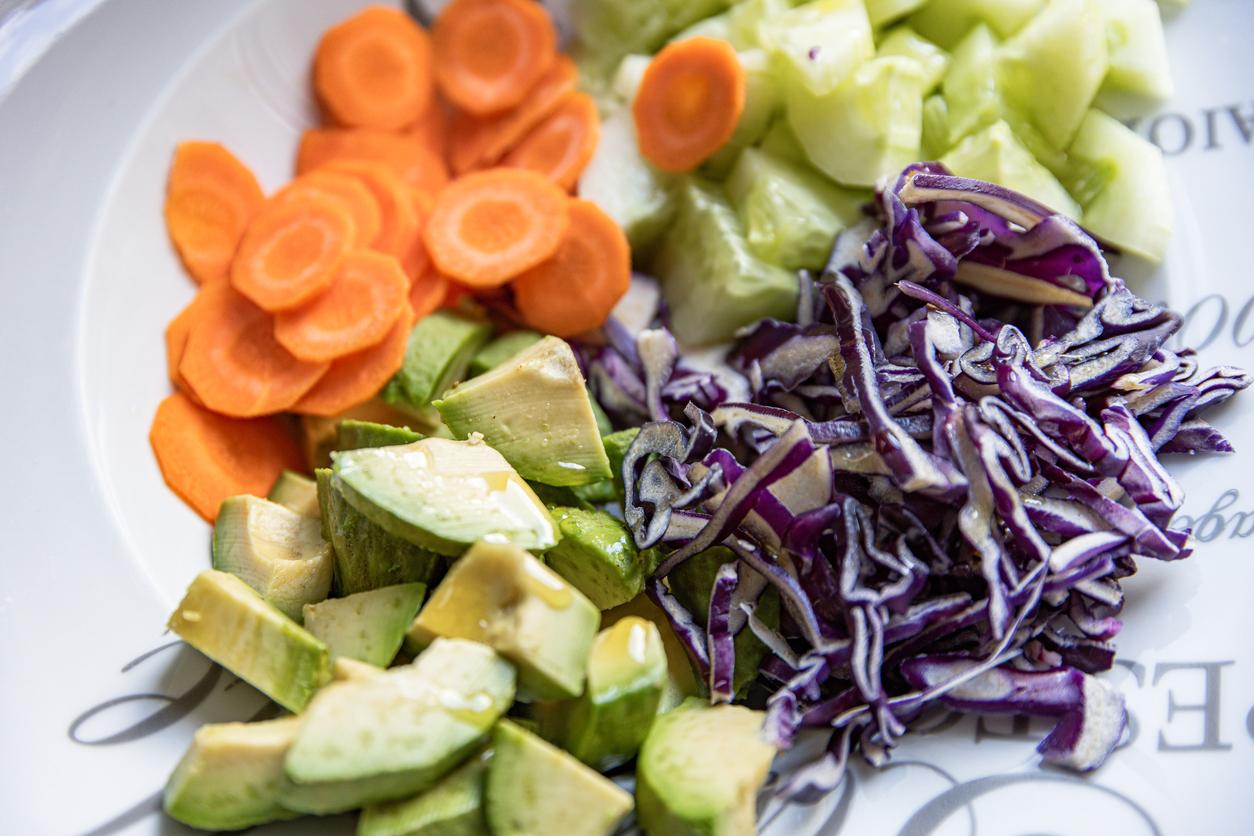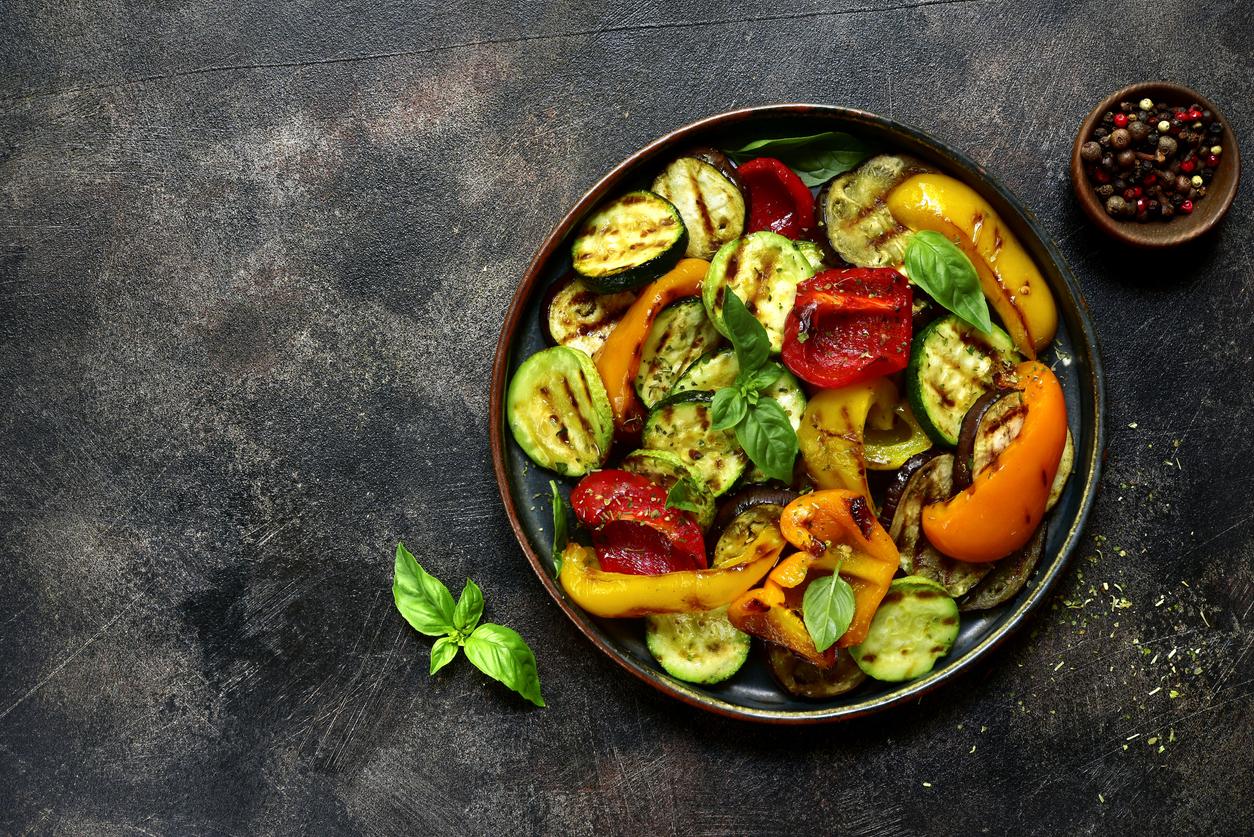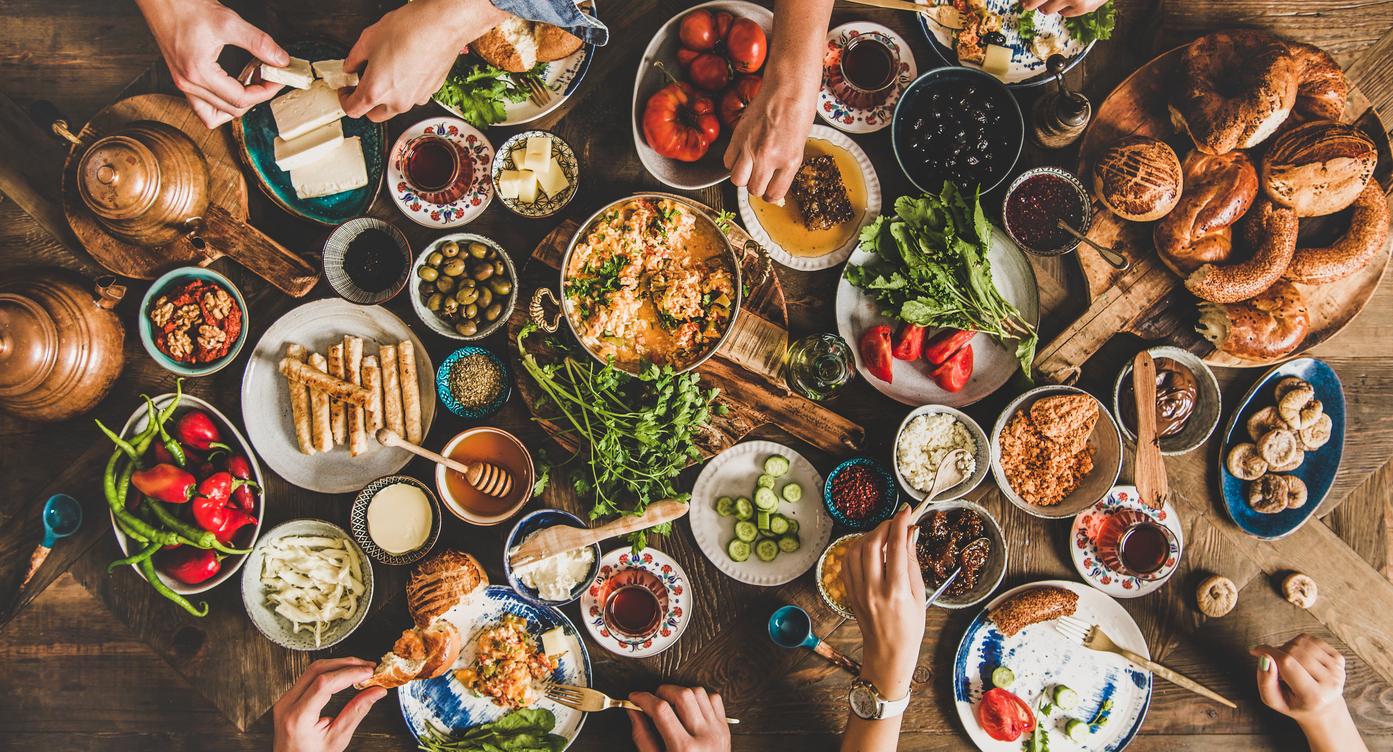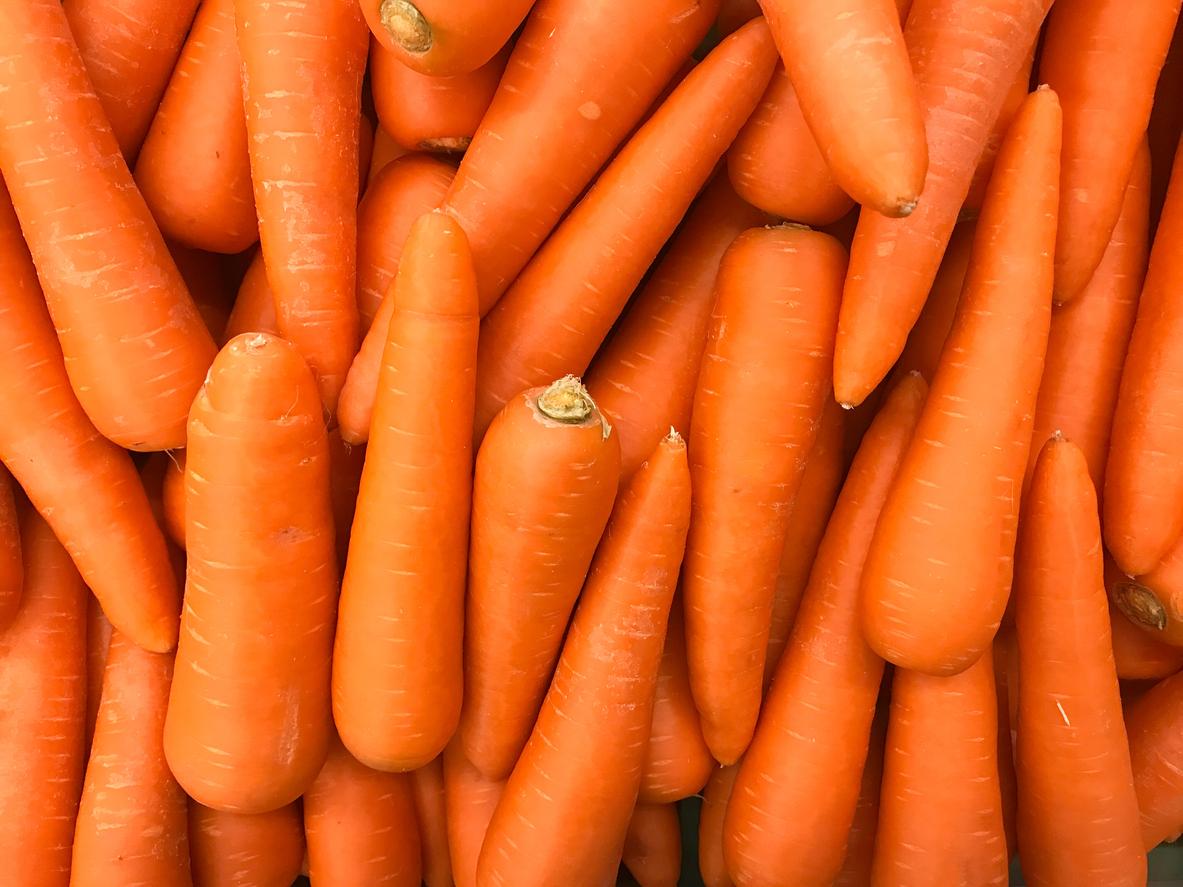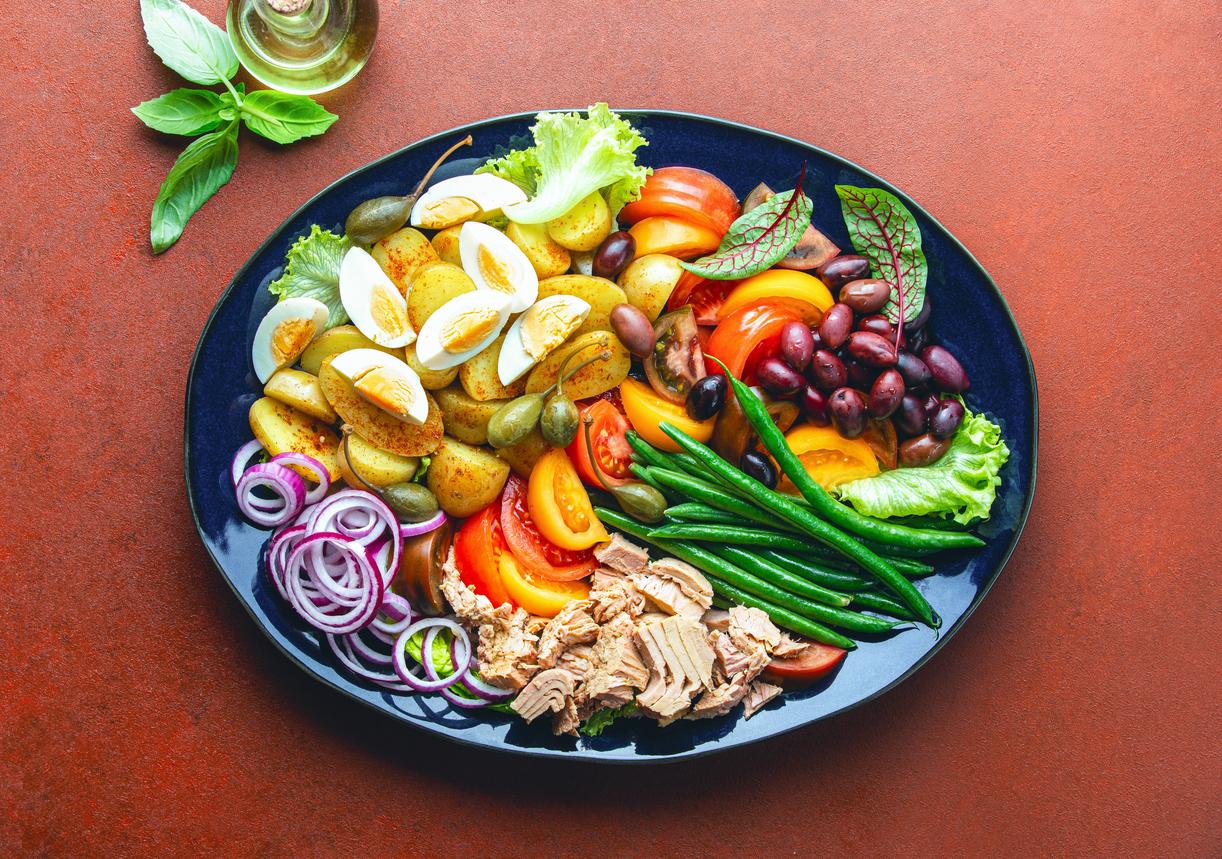Squash, root vegetables and other endives come to you. But after making soups and stews, do you run out of ideas?
How about a little parsnip or endive tart? You hadn’t thought of that? And yet, any vegetable can lend itself to variations, in the form of a quiche or a pie. Very similar, these two dishes are nevertheless distinguished by the presence of a preparation traditionally made with eggs and fresh cream for the first. But you can totally decline this composition.
The health benefits of vegetable pies
The elements that make up a pie make it a complete dish. The dough replaces the bread, while the vegetable-based filling brings you all the benefits of the latter. If you make it as a quiche, the egg in the device fills your protein needs. If you don’t use any, don’t hesitate to include meat, fish, or even vegetable proteins, such as tofu or seitan, in your recipe.
To season everything, treat yourself by adding spices and herbs of all kinds! They will develop the taste of your preparations, while offering you their many antioxidants!
Little tricks to lighten your pies
You can sometimes fault the pies for being a bit heavy. Some preparations are, in fact, particularly caloric. In order to achieve a light recipeyou can modify small elements:
- replace fresh cream with milkcottage cheese or vegetable milk such as soy;
- favor lean meatssuch as chicken or diced ham;
- use low calorie cheesessuch as ricotta, feta or fresh goat cheese;
- dare the quiches without dough.
To accompany your pie, you can also move away from the traditional salad with vinaigrette, by lightening the sauce by replacing half the oil with water, or by using a yogurt base. To vary the pleasures, do not hesitate to select other raw vegetables, such as carrots or red cabbage.
See as well :
- 15 gourmet recipes with autumn-winter vegetables
- 6 Cheese Winter Recipes (Less Calorie)
- 18 recipes for gratins that warm up (and are awfully good)

























